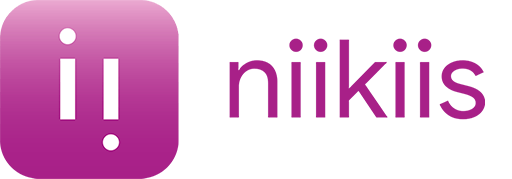COVID-19 has changed the way we connect and communicate.
Since the beginning of confinement, telecommunications have increased exponentially not only in the private sphere but also in the workplace, with a significant boom in phone calls and video conferencing. However, teleworking has also led to some emotional exhaustion among employees, especially in technology-based virtual environments. A recent UK study found that around a third of employees working remotely feel disconnected, and claims that one of the main reasons for this is the lack of emotional support they receive. With approximately 74% of companies worldwide seeking to promote teleworking after COVID-19(Gartner, April 2020) and millions of people returning to offices, all the changes we have been going through lately will have a big impact on the future of work and the employee experience.
New challenges in employee on-boarding
As we adapt to the new normal, companies and, in particular, human resources departments face many challenges, including the following:
- How to ensure that employees follow company rules.
- How to involve them in the company culture in the era of virtual teams.
- How to reintegrate the workforce successfully and keep employees engaged.
Apply the 5 Cs of mainstreaming
One way to address these challenges is to implement successful onboarding processes throughout the employee journey, including new starts, internal transfers and promotions. By doing so, organisations can reduce time to productivity while fostering engagement and retaining employees. But how can you ensure that your company meets these requirements? The answer is easy: start applying the 5 Cs of onboarding to your onboarding processes and you'll see the rewards come quickly.
Compliance
Use the onboarding process to explain company policies and procedures, rules, regulatory requirements or organisational practices to your employees.
Clarification
Ensure that, from the outset, employees understand their job roles, responsibilities, duties and expectations with the respective KPIs, providing specific information and training so that they know what their managers expect and how they will evaluate their work.
Culture
Immerse new employees in the company culture by making them aware of the company's vision, values, norms, language and beliefs to give them context and facilitate their understanding of the company culture. Successful onboarding of new employees depends on proper immersion in the company's culture. If this is not done optimally, employee turnover increases.
Connection
Ensure that new team members have the opportunity to build social relationships with other co-workers so that they lose their anxiety and fear and feel integrated into the company. At this stage, new employees should be able to connect and communicate with their managers, human resources, team members and other co-workers, and they should see their mentors as friends, as all these connections are critical to the new team members' orientation and success within the company.
In this way, new employees will not only learn the hierarchy of the organisation, but will also see that they can communicate with the different departments that make up the company. Also, to keep employees connected, if they are unable to interact face-to-face, consider offering them spaces where they can do so, such as chat platforms/channels where they can digitally connect and communicate with their teammates, managers and other co-workers.
Check
Continuously provides valuable feedback on specific tasks, talks about performance and targets, and collects feedback from employees on their on-boarding process, their integration into the company and the support they have been given by their colleague. Facilitates regular 1:1 meetings between employees and managers/human resources departments.
Social technology is the solution
Adopt technologies that facilitate social interactions and enable communication. This is the first step you must take if you want to promote a culture of continuous learning and feedback , and foster collaboration among staff.
According to Forbes, engaged employees are more likely to stay with the company longer. Therefore, companies have no choice but to implement employee engagement programmes to increase employee satisfaction. Doing so will meet business objectives and improve their productivity. Providing an excellent onboarding experience is part of the process of keeping employees engaged.
Save time and money with niikiis, the onboarding software specifically designed to automate programmes that keep your employees engaged . These programmes are also based on continuous social interactions and communication in the workplace: use features such as the people directory to list your staff's skills, interests and hobbies to get to know them well, or channels/groups to keep them up to date on the latest news according to their preferences. niikiis is the ideal tool to promote company culture, as well as to improve employee engagement and performance. Contact us for more details or to request a demo.


 Employee database
Employee database  Documents and e-signature
Documents and e-signature  Reporting and analytics
Reporting and analytics  Payroll and incidents
Payroll and incidents  Time and Attendance Software
Time and Attendance Software  Shifts and task list
Shifts and task list  Absences & time-off
Absences & time-off  Workflows
Workflows  Expense management
Expense management  Recruitment and selection software
Recruitment and selection software  Onboarding
Onboarding  Training and procedures
Training and procedures  Internal communication
Internal communication  Performance assessment software
Performance assessment software  HR surveys and forms
HR surveys and forms  Chatbot
Chatbot 